Quick Fixes for No Internet Connection

In today's work and life, a stable internet connection is essential. Facing a "no internet connection" issue can be very inconvenient. This article offers quick and effective methods to resolve the problem and restore your network usage.
Method 1: Check Physical Connections
Check that the cables connecting your modem and router are secure and undamaged. Try unplugging and replugging them to ensure there are no loose connections.
Ensure the power cables are properly connected and that the power indicator lights are on. If the devices aren't powered, check the power adapter or outlet.
Confirm that the status indicator lights are normal: green or blue usually means the device is working, while red or flashing lights may indicate a problem.
Method 2: Update Network Drivers
Outdated or corrupted network drivers can cause connectivity issues. It is recommended to use Driver Sentry to automatically detect and update drivers, saving time and avoiding the risk of downloading or installing incorrect drivers.
1). Click the download button to get the latest version of Driver Sentry. After installation, open the software and click "Scan".
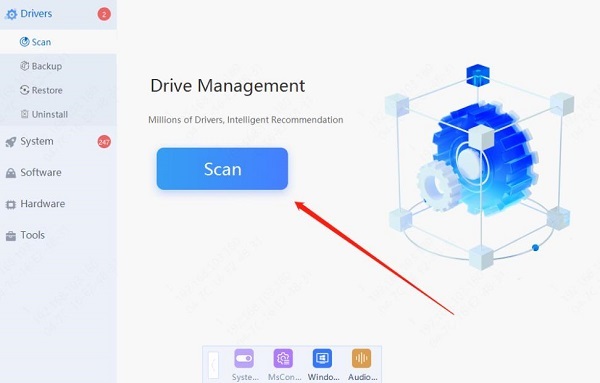
2). Once the scan is complete, it will show which drivers are missing or need updating. Find the network driver in the results list and click the "Update" button.
3). After updating, restart your computer to ensure the updated drivers work correctly.
Method 3: Check Your Router Settings
Click the search box and type "cmd" to search.
Right-click "Command Prompt" and select "Run as administrator".
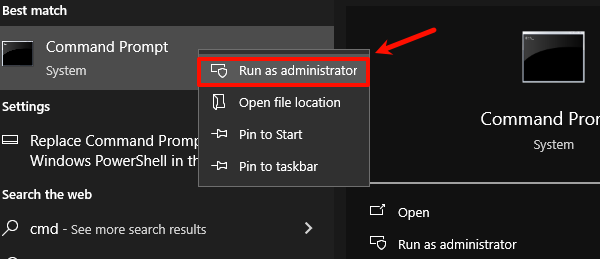
In the new window, type the command "ipconfig" and press Enter.
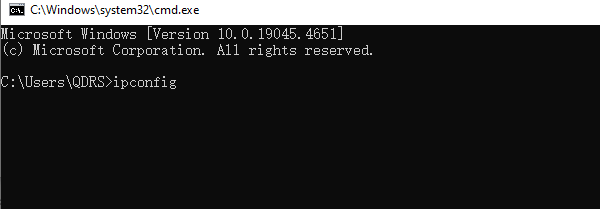
Enter your router's IP address (e.g., 192.168.1.1) into your browser and log in with your username and password (usually "admin").
In the router settings, ensure that DHCP is enabled for automatic IP address assignment.
Check the MAC address filtering settings to ensure that your device is not blocked. If filtering is enabled, add your device's MAC address to the allowed list.
Make sure the router's firmware is up to date. If an update is available, follow the instructions to upgrade.
Method 4: Reset Network Settings
Click "Start" and select "Settings" > "Network & Internet".
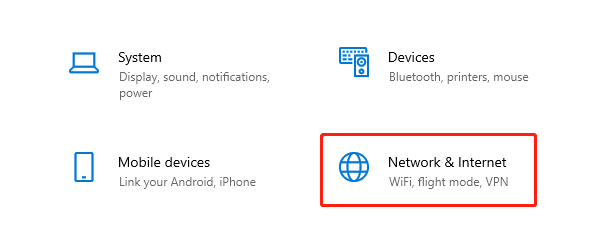
In the left-hand menu, locate the "Status" option.
Scroll down on the right-hand side and then click "Network Reset". The system will restart and reset all network settings.

After the reset, restart your computer and router, and reconnect to your network by selecting it and entering the password.
Method 5: Temporarily Disable Firewall or Antivirus Software
Disable Firewall:
Open "Control Panel"> "System and Security">"Windows Firewall">"Turn Windows Defender Firewall on or off".
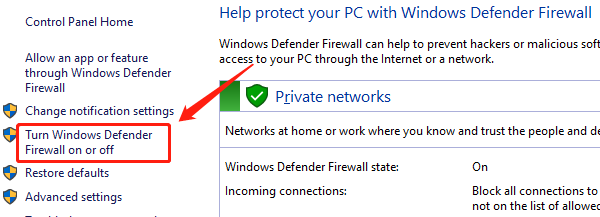
Select "Turn off Windows Firewall" to temporarily disable the firewall.
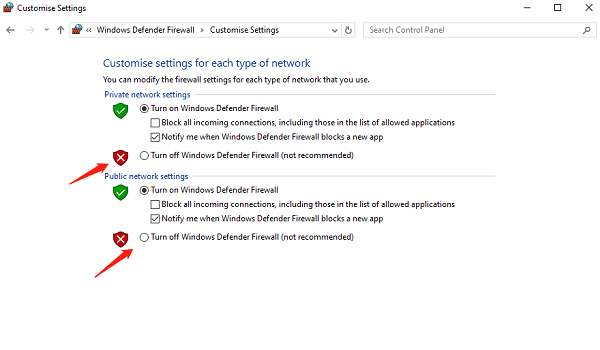
Note that this reduces system security, so re-enable the firewall as soon as possible.
Disable Antivirus Software:
Locate the icon of your antivirus software, usually in the system tray. Right-click the icon and select "Pause protection" or "Turn off protection".
Again, disabling antivirus software can put your computer at risk, so re-enable it as soon as troubleshooting is complete.
After disabling the firewall or antivirus software, check if your internet connection is restored. If it is, you may need to adjust the settings of your firewall or antivirus software to allow normal internet access.
See also:
Diablo IV's New Season: Battle for the Gates of Infernal
What to Do If You Install the Wrong Graphics Driver







